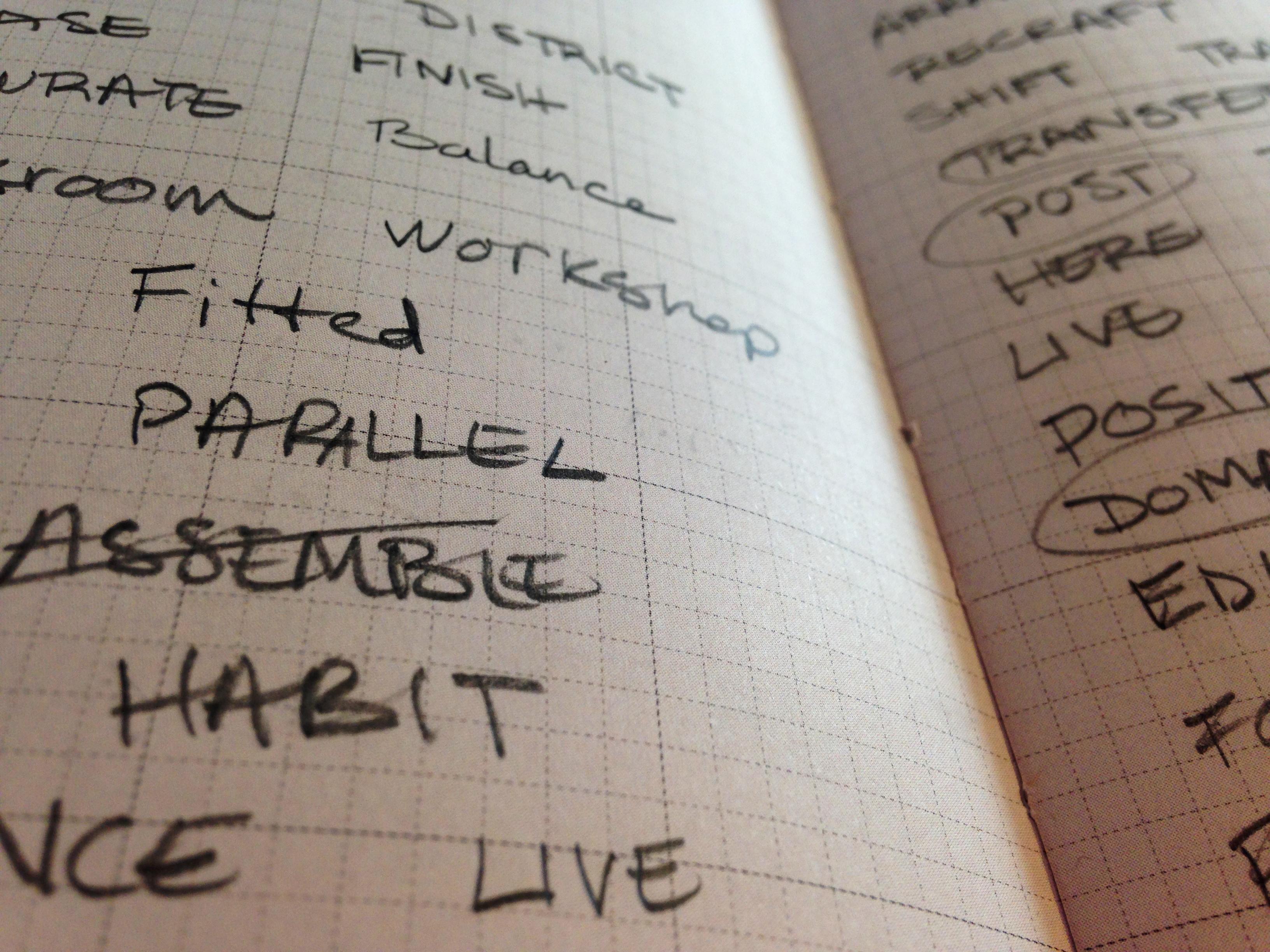Other than occasional moments of forgetting to breathe, most of us don’t even think about it. We’re able to take in a deep breath of air. . . . we can breathe in openness. . . we can breathe in courage . . . we can breathe in the air around us.
Breathing in air is so natural for most of us, isn’t it?
. . .unless we’re a newborn baby emerging from our mother’s womb gasping for our first.
. . . unless we’re on our deathbed, gasping for our last.
Everything in between birth and death is our substance for life: AIR.
Air is one of the four classical elements of Greek philosophy, along with fire, water, and earth.
As necessary as it is for life, most of us take air for granted. We can’t live without this gaseous material of nitrogen and oxygen that makes up our world’s cozy blanket. The protective layer of atmosphere around the earth is our natural sunscreen.
I enjoy walking barefoot in my front yard first thing in the morning. It’s part of my daily ritual of hot coffee and prayerful meditation. Nature sounds are distinct and vibrant. I sometimes watch birds circling the sky. Squirrels leap from tree to tree. I usually don’t think about the air that makes their flights easy.
When I board a plane, I don’t think about the physics of air travel. On vacation, I enjoy watching sailboats gliding across the water guided by skilled sailors and propelled by air current. One of my favorite hobbies is paddling a peaceful river in our red seventeen-foot canoe and feeling the air guiding us along.
I think of air both in physical ways and as terms of language.
I don’t understand the science of using airwaves for telecommunications even though I use my cell phone and internet service every day. Behind the scenes of television or radio newsrooms, someone might say, “you’re on the air.”
As a little girl, I helped my mom hang laundry out to air dry on the clothes lines. I later understood the phrase “don’t air your dirty laundry.”
Every Spring when we no longer need our central heat and air, we open the windows of our home. We air out the rooms to bring in fresh breeze.
I like to watch people when I’m in a crowded mall or outdoor festival. Posture alone gives clues to whether a person has an air of superiority or an air of confidence.
Awareness, Intentionality, Risk
Air is our substance for life. It’s vital for our survival, well-being, and growth. So is AIR: Awareness, Intentionality, and Risk. All of these points are mandatory for well-being and growth, just as the air we breathe is crucial for our survival.
Think of Awareness, Intentionality, and Risk as basic for movement through life, just as birds and planes travel from one place to another. Think of AIR as fundamental for dialogue just as landlines, cell phones, radios, and satellites are needed for communication. Think of AIR as the means of opening the windows of the soul to allow the fresh breeze of the Holy Spirit to flow through.
Questions to Ponder . . .
How has this post increased your awareness?
What are examples of well-being and growth in your life?
Can you identify Awareness, Intentionality, and Risk with those examples?





